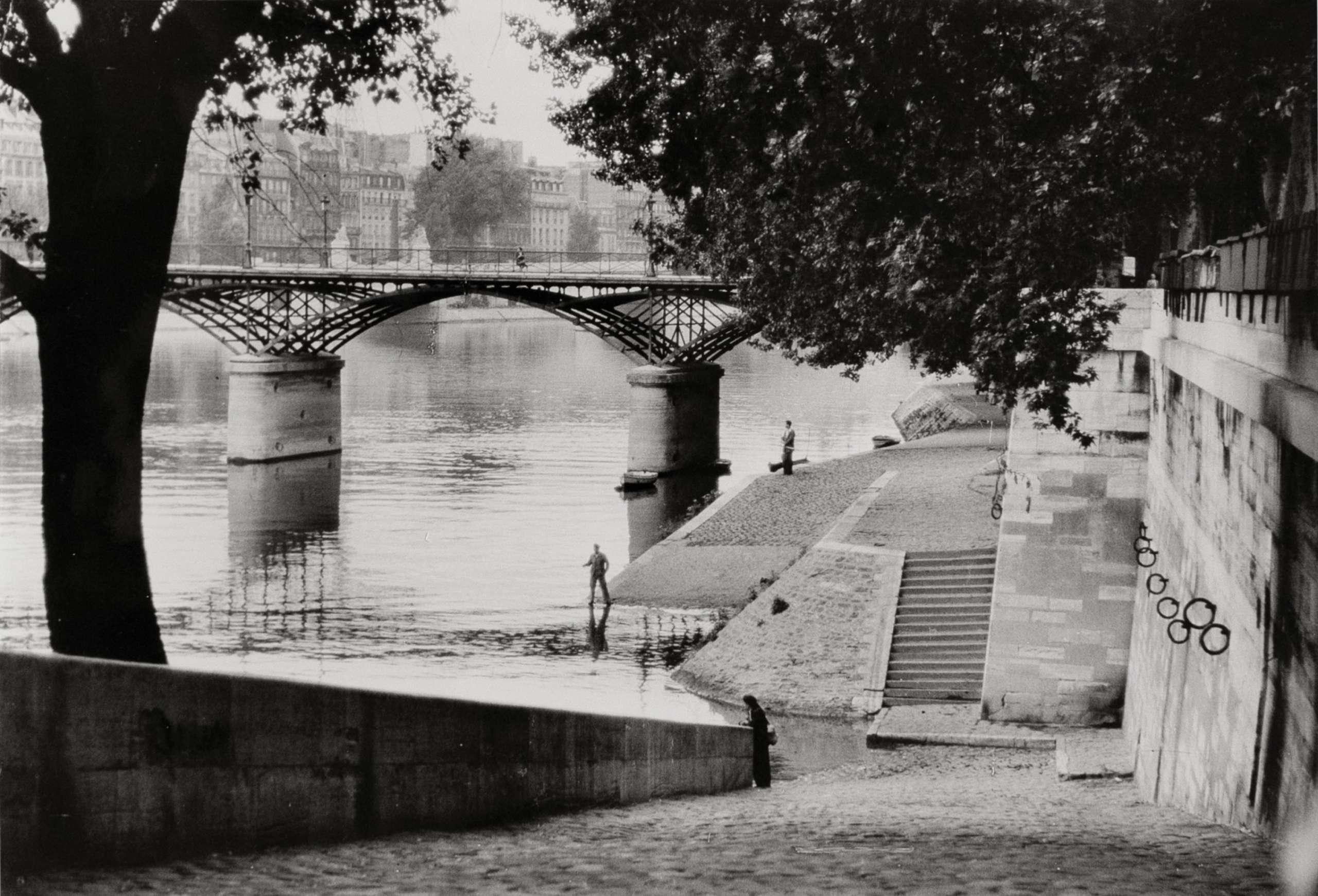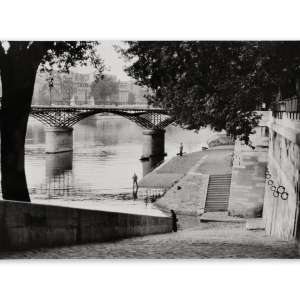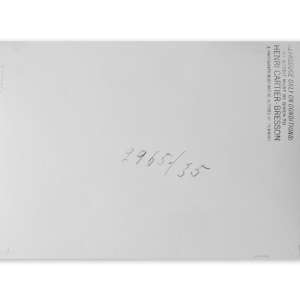Henri Cartier-Bresson
Henri Cartier-Bresson Henri Cartier-Bresson (1908-2004) was a pioneering French photographer renowned for his contributions to street photography and photojournalism. Born in Chanteloup-en-Brie, France, Cartier-Bresson initially pursued painting, studying under André Lhote and embracing Surrealism. However, his fascination with photography soon took precedence, leading to a career that redefined the medium. One of Henri Cartier-Bresson ’s most iconic images, Behind the Gare Saint-Lazare (1932), captures a man mid-air over a puddle, perfectly epitomizing his concept of the 'decisive moment.' This photograph showcases his spontaneous and intuitive style, embodying the essence of capturing a fleeting instance that reveals a deeper truth. The 'decisive moment,' as Henri Cartier-Bresson described it, is that precise instant when the visual and emotional elements of a scene align perfectly, creating a powerful and evocative image. Henri Cartier-Bresson ’s journey into photography began in 1931 after a trip to the Ivory Coast, where he started using a Brownie camera. He soon became synonymous with street photography, primarily utilizing his preferred 35mm Leica camera. In 1947, he co-founded Magnum Photos with Robert Capa, George Rodger, and David 'Chim' Seymour, allowing him to document significant historical events such as the Chinese Revolution, the Soviet Union after Stalin, the postwar United States, and India’s independence. During World War II, Henri Cartier-Bresson was captured by the Germans and escaped on his third attempt in 1943, later joining the French underground to document the German occupation and retreat. In 1946, he created the film Le Retour for the U.S. Office of War Information, depicting the liberation of French POWs and concentration camps. Beyond photojournalism, Henri Cartier-Bresson was an acclaimed portrait photographer, capturing prominent figures like Matisse, Bonnard, Braque, Jacqueline Kennedy, Truman Capote, and Coco Chanel. Despite viewing magazines and newspapers as impermanent, his contributions to LIFE magazine earned him the title of the father of photojournalism. In 1966, he stepped away from photography to return to painting and drawing. Henri Cartier-Bresson ’s first museum show was at the Museum of Modern Art (MoMA) in 1947. A posthumous retrospective in 2010 at MoMA featured 300 of his works and traveled to institutions like the Art Institute of Chicago, the San Francisco Museum of Modern Art, and the High Museum of Art. His photographs have also been exhibited at the International Center of Photography, the National Portrait Gallery in London, and the Centre Georges Pompidou. Henri Cartier-Bresson received numerous accolades, including the Hasselblad Award in 1982, four Overseas Press Club Awards, the American Society of Magazine Photographers award in 1953, and the Prix de la Société Française de Photographie in 1959. Jackson Fine Art has also shown his work in their Private Consignment Salon and Sale in 2019 and 2020. Henri Cartier-Bresson 's enduring legacy continues to inspire photographers and art enthusiasts worldwide. His artistic vision and ability to capture the essence of humanity through his lens cement his place as one of the most influential photographers in history. Henri Cartier-Bresson ’s innovative approach and dedication to his craft have left an indelible mark on modern photography.













